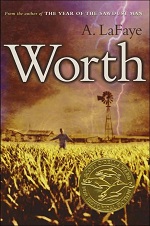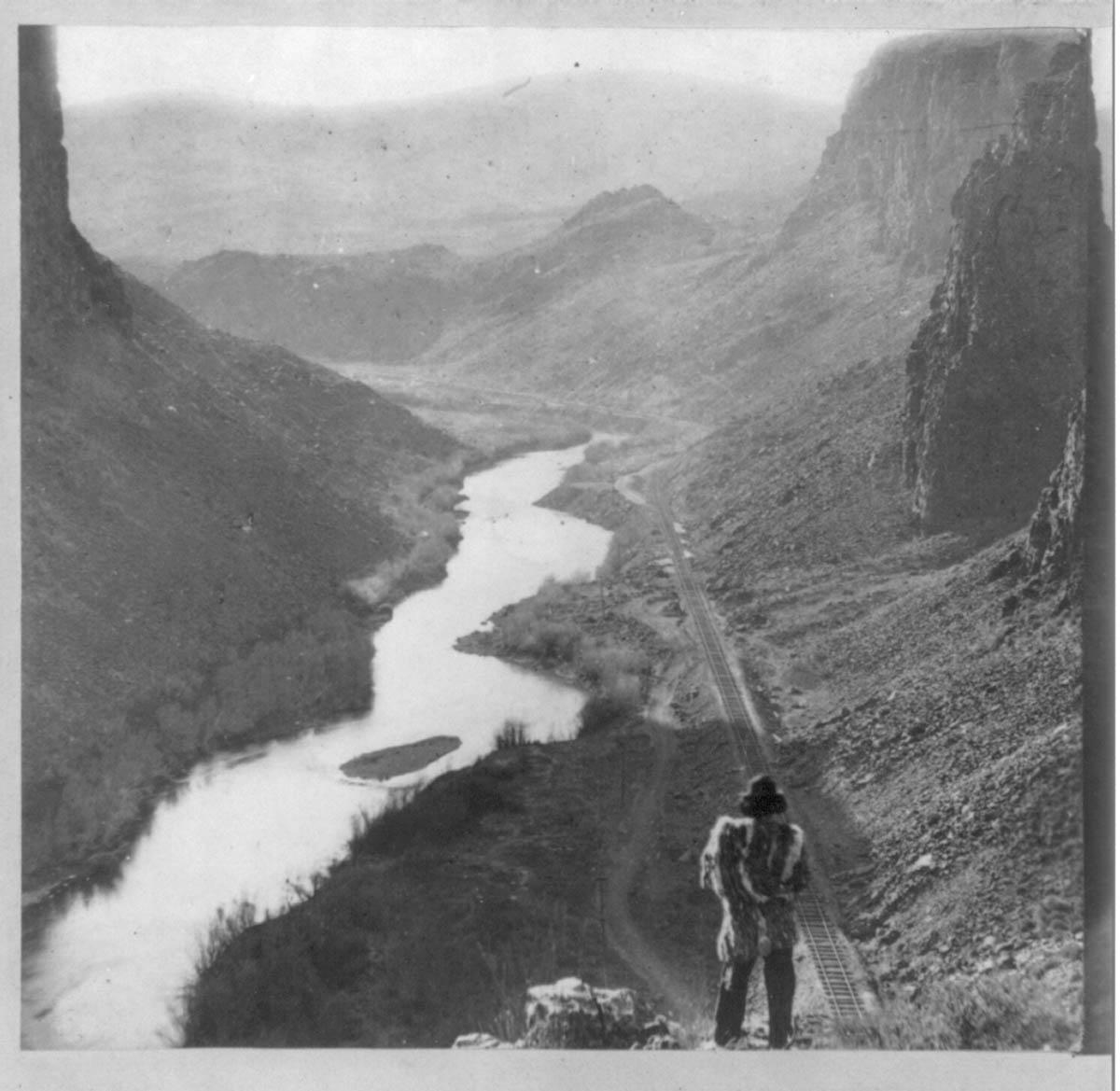History Explorer Results (37)
Related Books (55)
Resource Type(s):
Interactives & Media
Investigate the market revolution in the 1800s through the stories of five Americans from the Merchant Era. Optimized for desktops and laptops.
Resource Type(s):
Reference Materials, Interactives & Media
Throughout the 1800s, homegrown American scientists and inventors were a source of pride for the fledgling republic, which was rapidly surpassing Great Britain and the rest of Europe as a hotbed of industrial activity. The period also coincided with the peak of the Romantic Period in art, music,
Resource Type(s):
Reference Materials
“The word “philanthropy” has had different meanings throughout American history, and the changing fortunes of the word reflect various eras’ debates about exercising power through giving. African American women in Philadelphia presented this fireman’s presentation trumpet to white firemen
Resource Type(s):
Reference Materials
“A sudden tragedy thrust Rebecca Lukens into the family business and into history, making her the nation’s first woman industrialist and the only woman to run and eventually own an iron mill in the United States during the 1800s. In 1825, at the age of 31 and expecting her sixth child, Rebecca L
Resource Type(s):
Reference Materials
“The Transcontinental Railroad was completed 150 years ago, in 1869. In 1800s America, some saw the railroad as a symbol of modernity and national progress. For others, however, the Transcontinental Railroad undermined the sovereignty of Native nations and threatened to destroy Indigenous communit
Resource Type(s):
Artifacts
Many Chinese men travelled to the United States and became gold miners following the discovery of gold in California in 1849. Woks such as this one were made in China, but brought to California in the 1800s and used by Chinese immigrants. As the mass influx of travelers arrived from a variety of
Resource Type(s):
Reference Materials, Primary Sources, Interactives & Media
Giving in America is a permanent exhibit that looks at the historical role of philanthropy in shaping the United States. The exhibit showcases four major themes of American philanthropy centered on the questions of “Who Gives?” “Why Do We Give?” “What Do We Give?” and �
Resource Type(s):
Artifacts
After a young lady learned to embroider a sampler, she might attend a female academy to make a silk embroidered picture. This was a more challenging technique that became popular in the early 1800s. Subjects included classical, biblical, and historical scenes, as well as mourning pictures.
Resource Type(s):
Interactives & Media
Joseph Henry was one of America's preeminent 19th-century scientists, a pioneer in the investigation of electromagnetism and other fields of study, and the first Secretary of the Smithsonian Institution. This video shows how Henry's research found practical application in
Resource Type(s):
Reference Materials
This online exhibition uses objects to tell the stories of disabled Americans from the 1800s to the present. The exhibition covers many aspects of life, including home, schools, and institutions, as well as how changes in technology and medicine have impacted the disabled. In addition to the exhi
Author:
William L. Withuhn
Reading Level:
High School
An illustrated account of steam railroading.
Reading Level:
Late Elementary School,Middle School
Told in graphic novel format, this is the story of Abbie Burgess, whose father was the lighthouse keeper of Matinicus Rock lighthouse. Abbie keeps the lighthouse operating during a fierce storm.
Reading Level:
Late Elementary School,Middle School
A powerful historical novel that is harsh and realistic, not only about the brutal effects of slavery that the runaways carry with them forever but also about the prejudice and hardship they encounter on their journey to freedom.
Reading Level:
Late Elementary School
An African-American family moves to Kansas after the Civil War to create a new life.
Reading Level:
Late Elementary School,Middle School
Dynamic portrayal of two boys longing for something they no longer have and finding the resources to face the future. This story offers a fresh perspective on the thousands of children who moved west via the Orphan Trains in the late 19th century.
























